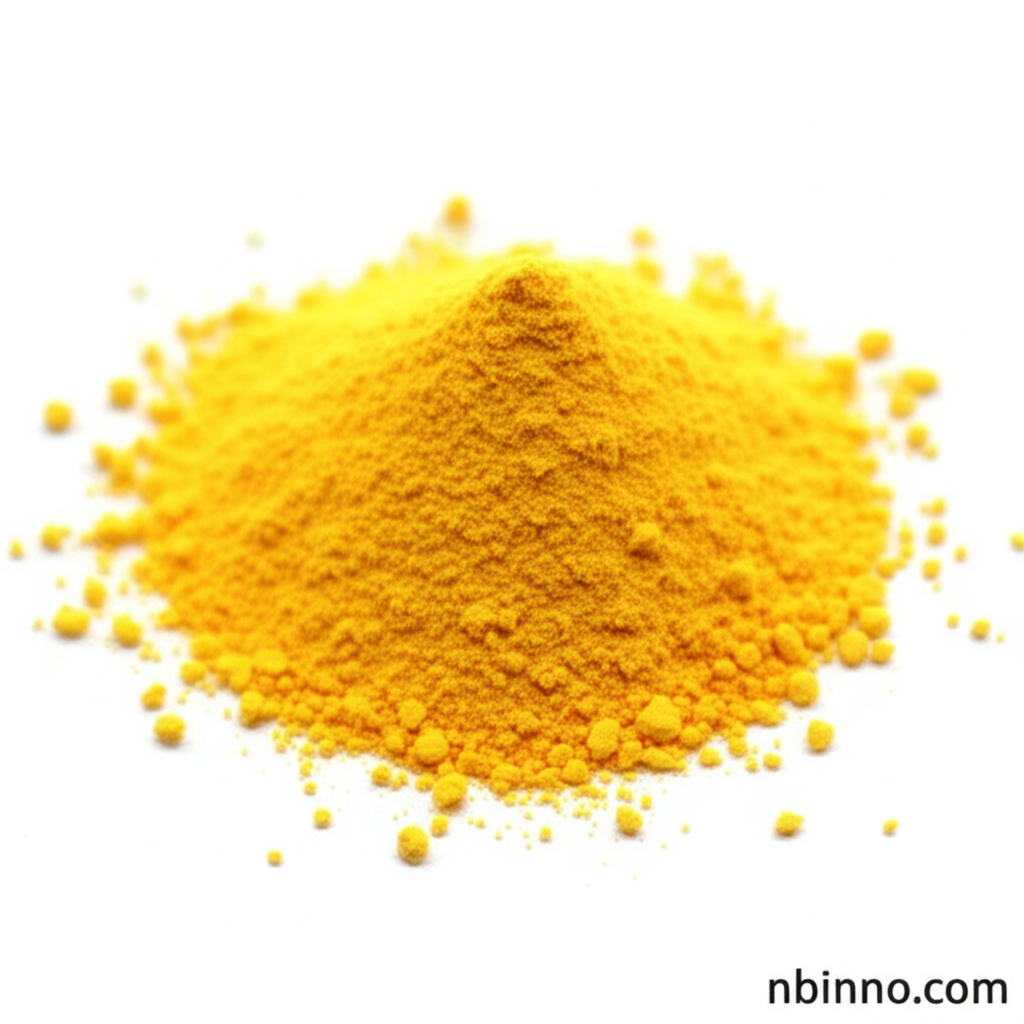4,6-Dihydroxypyrimidine: A Versatile Intermediate for Advanced Synthesis
Unlock innovative pharmaceutical and agrochemical solutions with this essential building block.
Get a Quote & SampleProduct Core Value

4,6-Dihydroxypyrimidine
4,6-Dihydroxypyrimidine, identified by CAS 1193-24-4, is a crucial heterocyclic compound widely utilized as a key intermediate in organic synthesis. Its high purity, typically exceeding 98%, and consistent quality make it indispensable for demanding applications in the pharmaceutical and agrochemical sectors.
- Discover the role of 4,6-Dihydroxypyrimidine as a pharmaceutical intermediate, enabling the synthesis of vital drugs.
- Leverage pyrimidine-4,6-diol uses in creating advanced agrochemical compounds, including essential fungicides.
- Explore the synthesis of 4,6-Dihydroxypyrimidine for your custom chemical needs and research projects.
- Understand the significance of CAS 1193-24-4 applications in driving innovation in chemical synthesis.
Key Advantages
High Purity and Consistency
Ensuring reliable results in your chemical synthesis, 4,6-Dihydroxypyrimidine offers assay levels consistently above 98%, a testament to stringent production standards.
Versatile Chemical Building Block
As a versatile heterocyclic compound, it serves as an essential building block for creating complex molecules in both pharmaceutical and agrochemical industries, supporting your research into novel pyrimidine derivatives.
Facilitates Drug and Agrochemical Development
Its role as a vitamin B4 intermediate and azoxystrobin precursor highlights its impact on health and agriculture, enabling the production of essential compounds.
Key Applications
Pharmaceutical Synthesis
As a critical pharmaceutical intermediate, 4,6-Dihydroxypyrimidine is instrumental in the production of sulfonamoxine, vitamin B4, antitumor drugs, and various auxiliary drugs, supporting the development of new therapeutic agents.
Agrochemical Production
Its application extends to agrochemicals, where it acts as a precursor for fungicides like azoxystrobin, contributing to crop protection and global food security.
Organic Synthesis Intermediate
The compound's reactive hydroxyl groups make it an ideal intermediate for organic synthesis, enabling the creation of diverse derivatives and complex molecular structures in academic and industrial research.
Research and Development
Researchers utilize 4,6-Dihydroxypyrimidine for exploring new pyrimidine derivatives and their potential applications, pushing the boundaries of chemical innovation.
